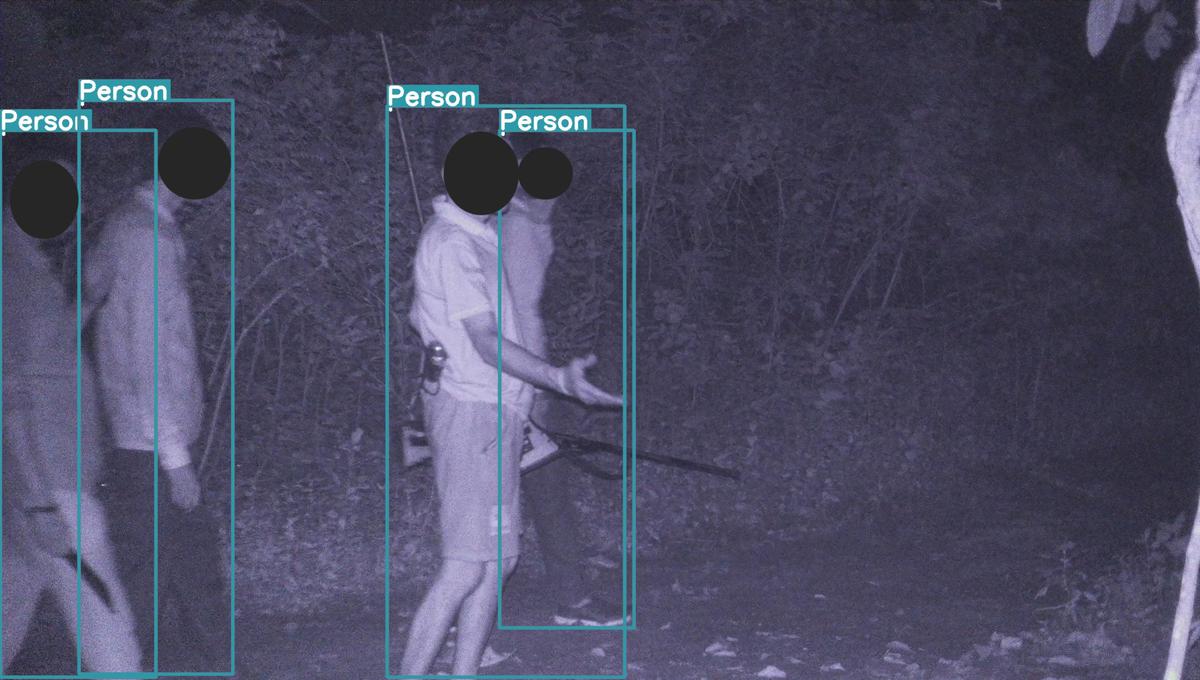AI cameras gun for poachers
Context
Wildlife officials in one of India’s most populated tiger zones are testing a new set of video traps — cameras with infrared sensors put in woods to count wild animals or watch the movement of suspected poachers — that harness the power of Artificial Intelligence (AI).
Where is the Kanha-Pench corridor situated?
- The Kanha-Pench corridor is a forest corridor in Madhya Pradesh, a state in central India. It is the link between the Kanha and Pench Tiger Reserves. The corridor is one of India’s most important forest corridors. It enables tigers to move freely between the two reserves. The corridor is approximately 200 kilometres long.
- The corridor is one of the world’s most important tiger protection areas. It supports one of the most important tiger metapopulations in central India.
- In India, the National Tiger Conservation Authority and the Wildlife Institute of India have identified 32 significant tiger corridors. A Tiger Conservation Plan is in place to put these routes into action.
- The Kanha-Pench corridor is located in the Satpura Maikal range. The park is home to a large population of Royal Bengal tigers, Indian leopards, sloth bears, barasinghas, and Indian wild dogs. The jungles featured in Rudyard Kipling’s The Jungle Book are based on this reserve.
What are the challenges faced by the wildlife in this corridor?
The Kanha-Pench corridor, a historically significant natural corridor in central highland India, is under attack from a slew of problems that jeopardize its ecological integrity and wildlife survival.
- Road and Railway Development: Infrastructure development in the form of road and railway construction can fragment the corridor, making it impossible for wildlife to move freely between the Kanha and Pench tiger reserves. Because of this fragmentation, isolated populations can form, limiting genetic diversity and raising the danger of inbreeding.
- Mining Operations: Mining activities in the corridor have the potential to disturb the natural landscape, ruin habitats, and pollute water supplies, badly impacting both species and their ecosystems.
- Deforestation: Forest clearing for diverse objectives such as agriculture, logging, and urban expansion can dramatically diminish available wildlife habitat. Deforestation not only has an impact on the biodiversity of the corridor, but it also adds to climate change and disrupts natural ecological processes.
- Aggressive Urbanization: Rapid and unmanaged urbanization has the potential to encroach on the corridor, diminishing habitat availability and increasing human-wildlife conflicts.
- Uncontrolled Human Activity: A variety of human activities, like as poaching, illicit logging, and encroachment, can have a direct impact on wildlife numbers and ecosystems.
- Increasing Human and Cattle Populations: As human populations rise in and around the corridor, habitat degradation, increased land use, and higher pressures on natural resources may occur. Furthermore, farmed cattle can compete for dietary resources with wild herbivores.
What is the Latest step introduced by the government to protect the wildlife?
- AI-Powered Camera Traps: Wildlife officials in Madhya Pradesh, India, are experimenting with a new set of camera traps that are equipped with AI technology. These video traps are intended to count wild animals and monitor potential poaching.
What are the uses of AI Camera traps in the area?
- Poacher Detection: AI-enabled camera traps have recorded photographs of poachers, resulting in convictions in some cases. This technology has proven to be a powerful weapon in combating criminal activity in the area.
- Remote Monitoring: Traditional camera traps have restrictions, such as the requirement for physical access to obtain photographs and cumbersome designs. The new TrailGuard AI camera-alert system, on the other hand, is thin and unobtrusive, making it easier to install in remote forest sites.
- Targeted Imaging: Unlike standard motion-triggered camera traps, which capture any movement, the TrailGuard AI system may be set to collect photographs of humans or specific species of interest, such as lions, tigers, and cheetahs.
- Testing and Notifications: The TrailGuard AI camera-alert system has been tested in the Kanha-Pench corridor and the Dudhwa Tiger Reserve by researchers and developers. Within seconds of detection, researchers and forest department authorities were notified of the presence of wildlife, including tigers, by email or push alerts. This rapid notification system allows for quick reactions to any dangers or conservation requirements.
What are the advantages of having an AI camera set up?
- Enhanced Security: Artificial intelligence cameras can be employed for advanced surveillance and security. They are capable of detecting unusual or suspicious activity in real-time, such as intruders, unauthorized access, or odd behaviour, and triggering quick alerts or replies.
- Object Recognition: AI cameras can recognize and identify objects or people in their areas of vision. This is useful in applications such as access control, tracking specific products on conveyor lines, and identifying missing people.
- Anomaly Detection: Because AI cameras can detect anomalies in data or images, they are useful in industries such as manufacturing and quality control. They are capable of detecting flaws or anomalies in items, machinery, or infrastructure.
- Data Collection: AI cameras can swiftly and efficiently collect vast amounts of data. This data can be used in a variety of disciplines for analytics, machine learning, and predictive modelling
- Savings on security, operations, and maintenance: AI cameras can eliminate the need for human surveillance and monitoring, resulting in cost savings on security, operations, and maintenance.
- Customization: Because AI camera systems can be adapted to individual applications and requirements, they are versatile and adaptable to a variety of contexts.
Conclusion
Overall, it appears that the deployment of AI-powered video traps is a promising breakthrough in wildlife monitoring and protection activities, providing more efficient and targeted surveillance in crucial conservation regions.




